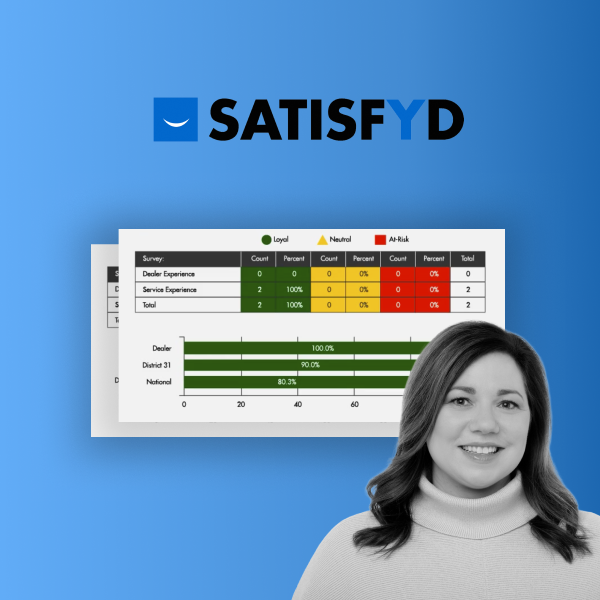Shipment is key when measuring supply chain efficiency, and its overall performance can be measured by examining three key questions:
- Is the supply chain supplying the things your organization needs?
- Is it providing customers with the things they need?
- And is it doing it all at the right time and for the right price?
To find the answers, there are several key performance indicators (KPIs) you should be monitoring in different processes in the supply chain, but today, I'm going to dig into the top four KPIs for shipping.
One: On-Time In Full Delivery
This KPI is the basic measure of timely delivery in its complete condition. “In full” is an important distinction for this metric. Unless the entire order arrives on time in the full quantity that was purchased, the order should be considered late.
This KPI can be measured as an overall percentage across all orders. While this number is useful, in many cases, it will not provide the level of detail needed to catch problems as they arise. An overall average could meet company standards without revealing that one warehouse pulling shift, for example, is far outperforming another. Your analytics solution should help you dig into this data by date, location, shift, and individual employee.
Two: Average Days Late
Late deliveries are never ideal, but tracking every late order can help your organization understand the consequences of late deliveries. As a consumer, I’m never happy when an online delivery doesn’t arrive when it was promised. However, there is a vast difference between a delivery that’s one day late and one that’s one month late. My loyalty to a brand very much depends on whether those late deliveries are outliers or commonplace.
Just recently I ordered a gift for a friend’s birthday from an online vendor. The order was promised to reach my door within seven to 10 days. I had a two-week window until her birthday, so 10 days would still allow me plenty of time. Except it didn’t arrive in 10 days. Or 11. Or 12. When I tracked my package I saw that it was still on a shipping container on its way from China … and it would arrive in another two weeks. I was not happy. The chances of me using that vendor again? Zero.
In another instance, a shipment of household cleaning supplies from an online marketplace that I commonly purchase from wasn’t waiting for me on my front porch on the guaranteed delivery day. This vendor, however, almost always makes good on their delivery promises. In many instances, packages even show up early. Will this instance of late delivery weaken my loyalty to their brand? Absolutely not.
Your business intelligence (BI) solution should give company employees insight into every step of the delivery process, making it easy to zero in on what causes delays when they happen. Full visibility into how many days a product spends in the factory, in the warehouse, and on route to the customer will make it easy to spot red flags.
Three: Rate of Returns Due to Shipment Damages or Errors
When it comes to shipping metrics, quality of delivery is just as important as time of delivery. Does it actually contain what the customer ordered? Did the delivery arrive in the same condition as when it left the warehouse?
I'm sure you have experienced receiving boxes from an online order that look like they've been kicked down the street the entire way from the department store to your front door. Needless to say, the products inside probably weren’t completely intact.
Was it the vendor’s warehouse where this damage took place or was it the fault of the delivery service? In the end, it doesn’t matter because the items still had to go back to the vendor, counting as a red X for this shipping KPI. So if you aren’t doing the delivery internally, be sure the company you partner with is one you trust.
Four: Order Picking Accuracy
While many of the aforementioned KPIs can be attributed to anything along the line from warehouse to customer, order-picking accuracy is focused specifically on the quality of warehouse operations. Order picking errors result in the wrong product reaching the customer. It also signifies a breakdown in warehouse efficiency, as time must be taken to return the incorrect order and track down the right one to re-send to the customer.
A proper system will ensure some type of verification process for each item before it leaves the warehouse. This should be digitally recorded and analyzed to spot any trends and fix any problems proactively.
Do you need more help determining the right KPIs for your company? TARGIT can help you avoid information overload and focus on the metrics that matter most.




